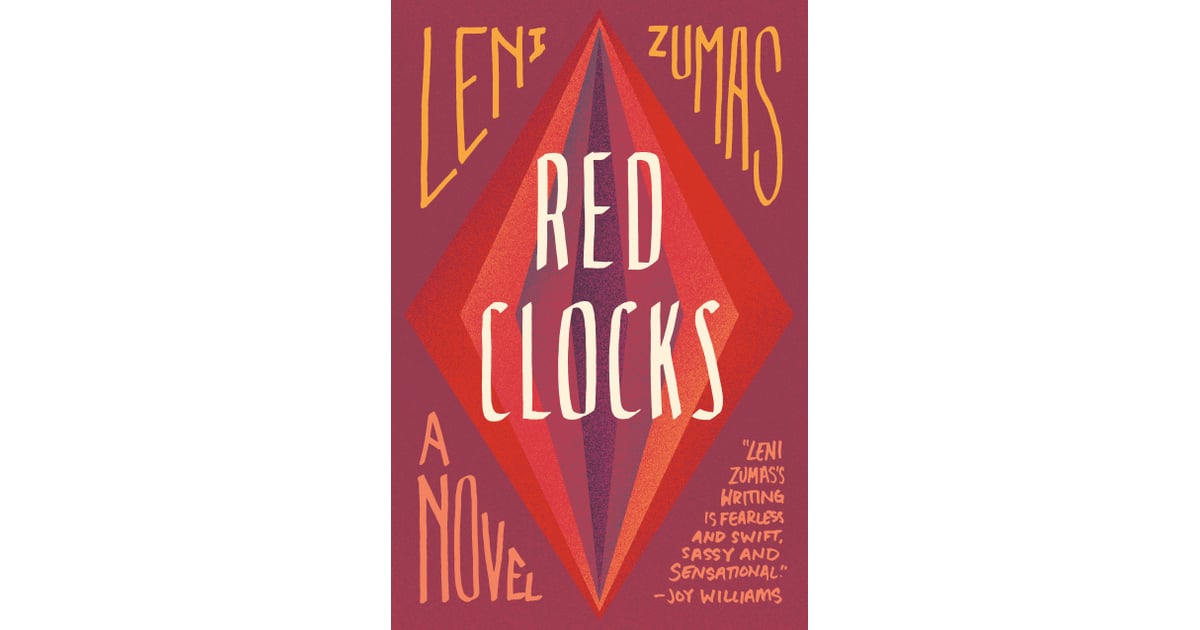
In the vein of Margaret Atwood and Eileen Myles, Leni Zumas fearlessly explores the contours of female experience, evoking The Handmaid's Tale for a new millennium. Red Clocks is at once a riveting drama, whose mysteries unfold with magnetic energy, and a shattering novel of ideas.

And Gin is the gifted, forest-dwelling herbalist, or "mender," who brings all their fates together when she's arrested and put on trial in a frenzied modern-day witch hunt. Mattie is the adopted daughter of doting parents and one of Ro's best students, who finds herself pregnant with nowhere to turn. Susan is a frustrated mother of two, trapped in a crumbling marriage. Ro, a single high-school teacher, is trying to have a baby on her own, while also writing a biography of Eivv?r, a little-known 19th-century female polar explorer. In a small Oregon fishing town, five very different women navigate these new barriers alongside age-old questions surrounding motherhood, identity, and freedom. Download the entire issue for the Kindle or Nook.In this ferociously imaginative novel, abortion is once again illegal in America, in-vitro fertilization is banned, and the Personhood Amendment grants rights of life, liberty, and property to every embryo.įive women. This article was originally published in the January 2018 issue of BookPage. With spare prose that sets a tone as chilly and bleak as the Oregon coastal setting, Zumas doesn’t shy away from the grotesque while presenting a tale that’s haunting, thought provoking and painfully timely.ĪLSO IN BOOKPAGE: Read our Q&A with Leni Zumas for Red Clocks.

Why can Eivør watch the gruesome slaughter of pilot whales but not lambs? Why can Mattie conceive an unwanted baby when Ro can’t get pregnant? Zumas plays with extremes, exposing the inner hypocrite in everyone, including the reader. Gin, an introverted healer, becomes the subject of a witch-hunt after being accused of conspiring to perform an abortion.Įach woman explores her sense of self and what it means to be selfish or selfless about her desires and ambitions. Susan, a mother of two, is so unhappy with her nuclear family that she contemplates driving off a cliff. Also 42, Ro dreams of having a child, but under the new Personhood Amendment and the “Every Child Needs Two” act, in vitro fertilization is banned, and adoption is reserved for married couples. Ro, a high school teacher, works tirelessly on her biography of the 19th-century trailblazing Faroese explorer Eivør Mínervudottír, who shucked societal norms for decades, ultimately freezing to death at age 42 on a polar expedition.


Leni Zumas refers to her protagonists by these descriptors, invoking the reductive distance from which women are viewed in a patriarchal society: “That’s someone’s daughter.” They are also Ro, Mattie, Susan, Gin and Eivør-the dynamic women of Zumas’ magnificent second novel, Red Clocks.


 0 kommentar(er)
0 kommentar(er)
